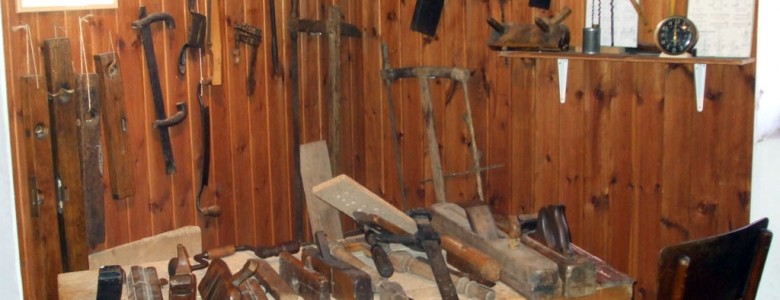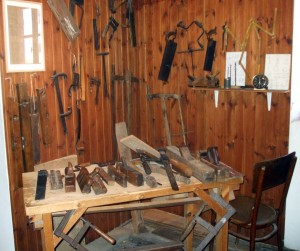September 5, 2014
Woodworking: Where to Begin

Any new hobby or job starts off sounding and feeling completely unfamiliar, between all of the jargon and new tools or techniques. Of course, the same goes for anyone looking to get into carpentry. If you’ve had some experience, like I did growing up with a very handy father, some of these tips may seem like common sense to you. But for those who are just getting started, these tips will be very helpful to you in the long run.
So one of the most common problems people tend to have when jumping into carpentry is that they rush into it without taking the time to get to know their tools. Of course, each tool is created for a specific purpose. And each tool has its own unique characteristics, uses and benefits. However, if you haven’t taken the time to carefully study each tool, you could wind up missing out on some of its highlights. Or, even worse, you could really mess up what would have been a great project or potentially injure yourself and others. Because of this, getting to know your tool is the most important first step. Reading a user’s manual may not be the most stimulating thing in the world, but you’ll be glad you did once you feel as though you’ve mastered your own tools.

Now that you know your tools, it’s time to start practicing with them. The best way to start is by either asking around or going out and finding a bunch of scrap wood. Start with pieces where it doesn’t matter if you mess up. Remember, mastering anything takes a lot of practice and patience. Don’t jump into any important projects expecting to get it right on the first try. More than likely, you would wind up stuck with a failed attempt and less confidence to fix it than you started with in the first place. The old saying is as true as ever, “Practice makes perfect.”
Once you’ve practiced with enough scrap wood and are able to get fairly consistent results, it’s important to try and maintain a workable area. This means keeping your tools in tip-top shape and being sure your work space remains neat and tidy. You should be sure to clean up any sawdust or scrapings after each project for a safe environment that’s easy and enjoyable to work in.
Finally, before starting on your first big project, do your research on the types of wood are out there and which one you would prefer to work with. You should understand the difference between hard and soft woods, which I will share in another post, and both their benefits and downfalls.
There are also plenty of other resources available such as the Carpenter’s Brotherhood. You can find lots of useful tips and resources through their site and several other credible sources.
If you’ve accomplished all of this, congrats! You’re now ready to begin your first big project.
